Shaft
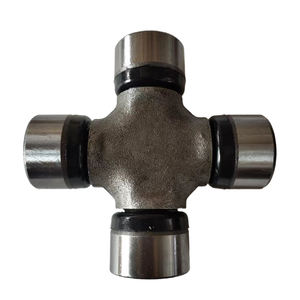
Kalmar Planetary Gear Box Shaft Model 923349.0589/923349.0305 for Material Handling Equipment Parts
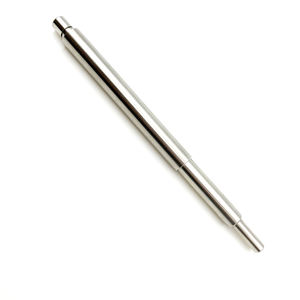
Self Reversing screw shaft for textile machines precision large reciprocating shaft bidirectional high speed shaft
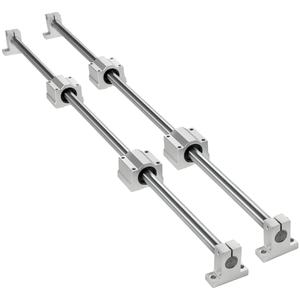
Non-standard Customization Stainless Iron/stainless Steel Rotating shaft For Juicer
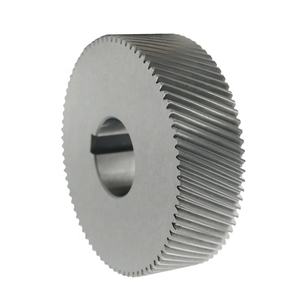
CCL car spare parts accessories Cv Joint Axle Drive Shafts for FORD RANGER (TKE) 2.0 1945327 2039603 5345951 1749218
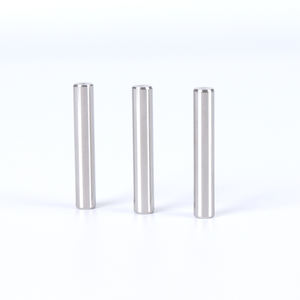
Twin Screw Shaft and Screw Elements for second hand plastic extruder machine
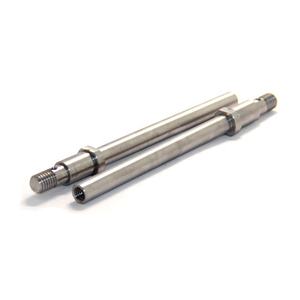
Professional Manual Tools Quality Paint Cover Long Brush Hair Solid Roller Shaft
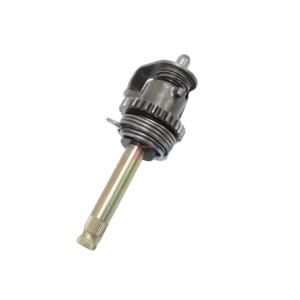
High Quality Configures Coupling Shaft For Machinery Repair Shops
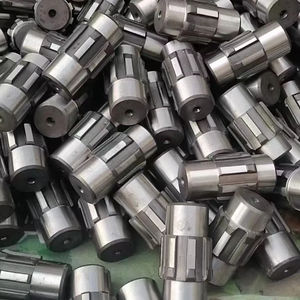
Custom Carbon Fiber Pool & Snooker Cue Shaft Blank – Low Deflection Design
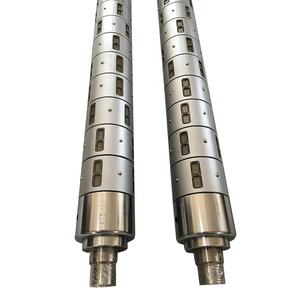
Screw Fasteners Motor shaft 410 420 Stainless Steel Screws Drive shafts For Juicer
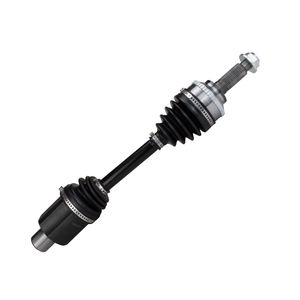
customizable 500-900mm Vitrified Bonded Crankshaft and Cam Shaft Grinding Wheel for Auto Tractor Motorcycle Ship Engine

Lower Telescopic Aluminium Telescopic Aluminium Linear Guide Rail Shaft for Water Pipe Plumbing
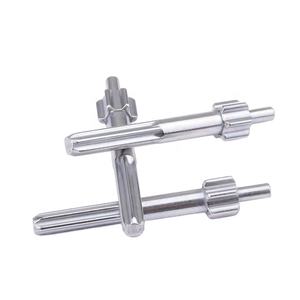
High Precision Custom Made Worm Shaft Worm Gear Set for Transmission
Overview of Mine Heavy Machinery Shaft
Mine Heavy Machinery Shafts are critical components used in mining equipment to transmit mechanical power and support rotating parts. These shafts are typically used in high-load, high-torque environments and require extreme strength and durability to cope with harsh operating conditions. They are designed to ensure the stability and reliability of machinery and equipment in extreme environments.
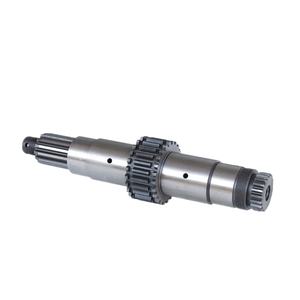
Features of Mine Heavy Machinery Shaft
High-Strength Materials: Typically made from high-strength alloy steels or specialty alloys to withstand high mechanical stresses.
Fatigue resistance: Special treatments (such as heat treatment or surface hardening) are applied to improve fatigue resistance and extend service life.
Precision Manufacturing: High-precision machining ensures a perfect match between the shaft bea, rings and other mating parts, reducing vibration and wear.
Anti-corrosion treatment: Surfaces are often treated with anti-corrosion therapies, such as zinc plating or coatings, to resist the erosion of moisture and corrosive substances.
Customized design: This can be customized according to the specific needs of different mechanical equipment, including size, shape and connection methods.
Specifications of Shaft
| Specification | Description |
|---|---|
| Type | Straight Shaft, Stepped Shaft, Hollow Shaft, Flexible Shaft |
| Material | Steel (e.g., Carbon Steel, Alloy Steel), Stainless Steel, Aluminum |
| Diameter | 5mm to 300mm (Customizable) |
| Length | 10mm to 2000mm (Customizable) |
| Surface Treatment | Polishing, Black Oxide, Zinc Plating, Chrome Plating, Heat Treatment |
| Tolerance | IT6 to IT8 (ISO Standard), Customizable based on requirement |
| Hardness | Varies by material and treatment, typically 20-60 HRC |
| Application | Automotive, Aerospace, Industrial Machinery, Consumer Appliances, etc. |
| Finish | Smooth or textured, based on application needs |
| Weight | Depends on material, diameter, and length |
| Certifications | ISO 9001, ISO/TS 16949, SAE, ASTM |
| Packaging | Individually wrapped, boxed in batches, or palletized based on customer's request |
Application Scenarios of Mine Heavy Machinery Shaft
Excavators: Used to drive the digging arm and other moving parts to realize efficient digging operations.
Bulldozer: Supports lifting and tilting movements of the bulldozer plate to help level the ground.
Loaders: Drive the lifting and tilting operations of buckets to facilitate material handling.
Drilling rig: Supports the rotation of the drill bit to provide stable drilling capacity for ore exploration and mining.
Conveyor Belt Systems: Drive drums for long-distance transportation of ore and waste materials.
Company Introduction
Welcome to Port of Machinery, a leading foreign trade company specializing in the sales of high-quality shafts worldwide. With over two decades of experience, we offer a wide range of shafts tailored to meet diverse industrial needs, ensuring superior performance and reliability in every product. Our commitment to excellence has made us a trusted name in the international market.
5 Frequently Asked Questions (FAQs) of Mine Heavy Machinery Shaft
What materials are mine heavy machinery shafts usually made of?
Mainly stre,ngth alloy steel or other specialty alloys are used, which have excellent strength and wear resistance.
How do I maintain my Mine Heavy Machinery Shaft?
Regularly check the condition of the shaft to ensure good lubrication and avoid excessive wear. Any damage found should be repaired or replaced promptly.
Are shafts repairable?
Minor damage can be repaired by welding or machining, but for severe damage, it is recommended to replace the shaft with a new one to ensure safety and performance.
Are there customized shafts for specific equipment?
Yes, many manufacturers offer customized solutions for specific needs to meet the unique requirements of different equipment.
What is the life expectancy of shafts for heavy machinery in mining?
Life expectancy depends on usage and quality of maintenance and can typically last many years or even a decade with proper maintenance.
